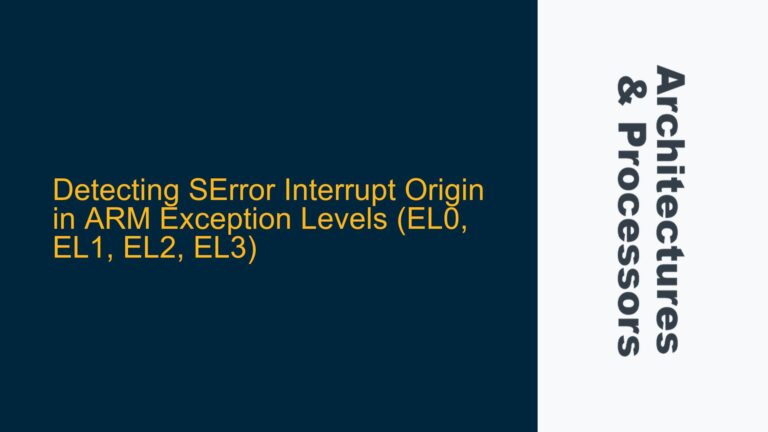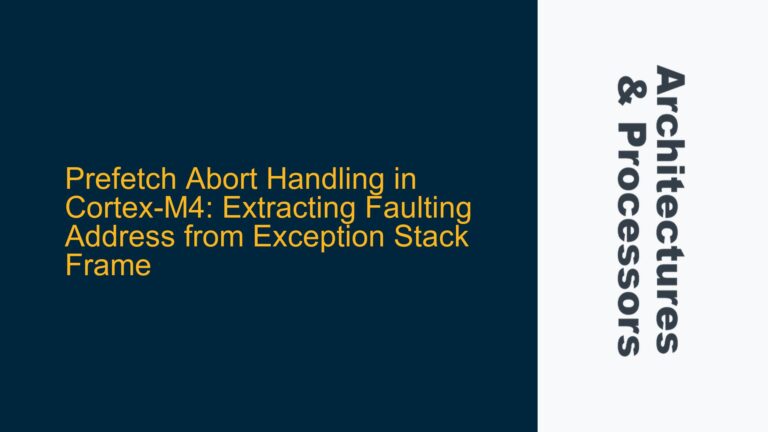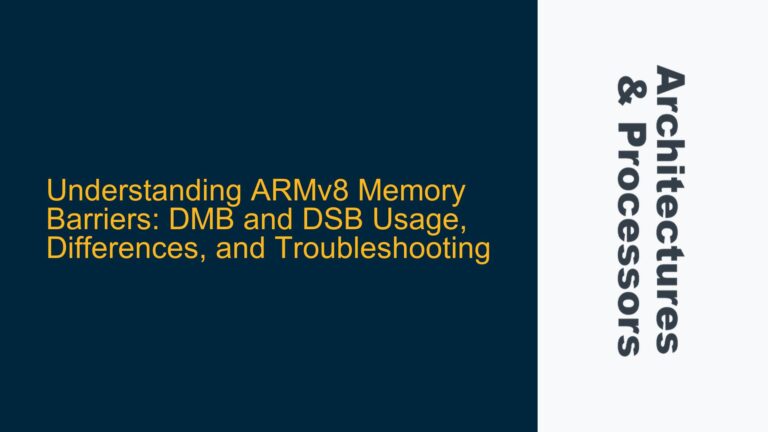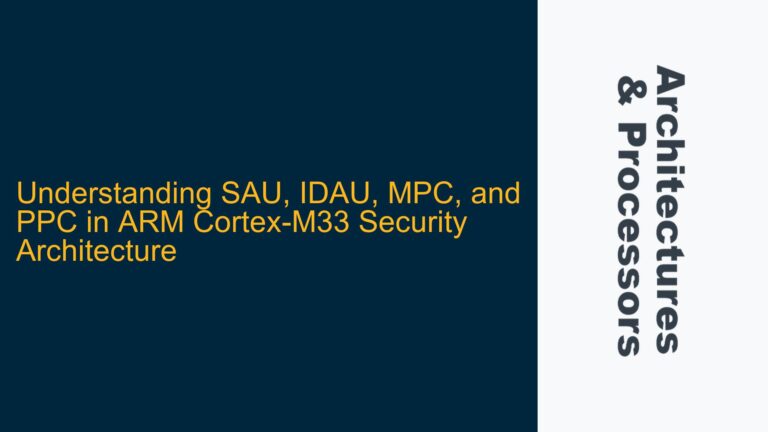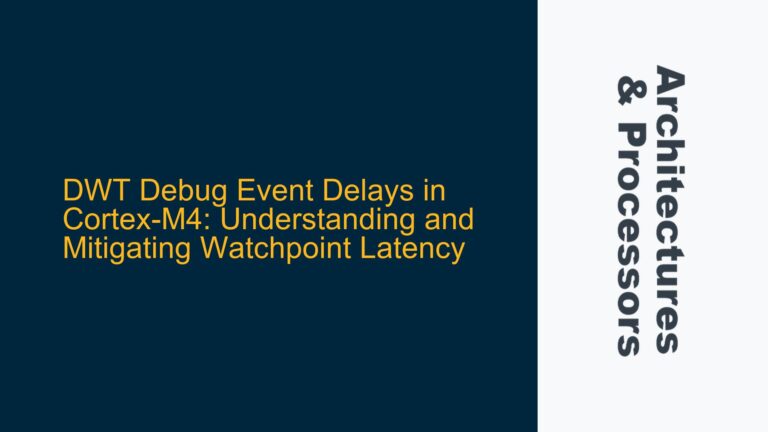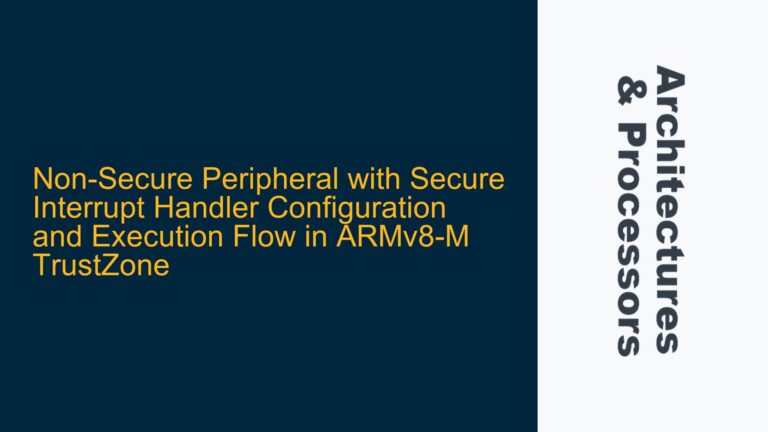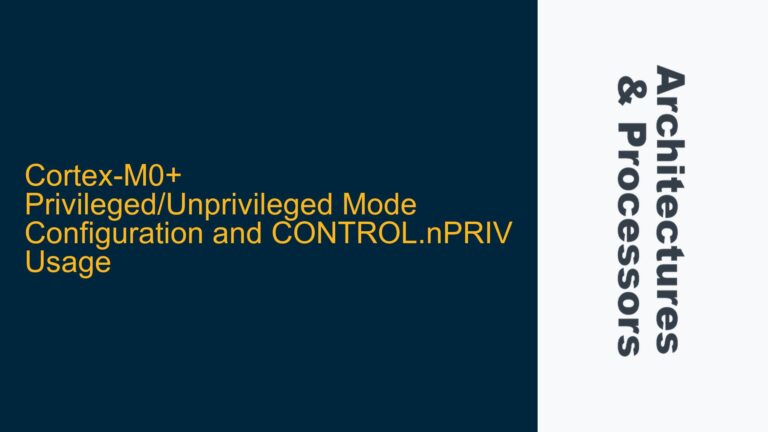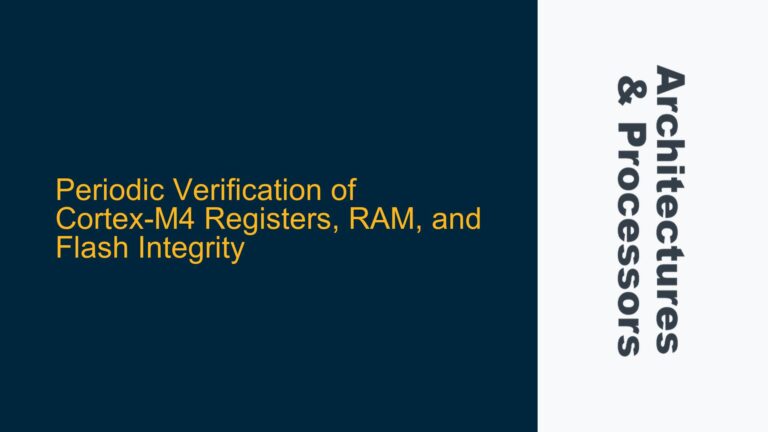Detecting SError Interrupt Origin in ARM Exception Levels (EL0, EL1, EL2, EL3)
SError Interrupt Handling and Exception Level Confusion The ARM architecture defines SError (System Error) interrupts as asynchronous aborts that can occur due to various hardware faults, such as memory system errors or incorrect device register accesses. These interrupts are critical for system reliability, but their asynchronous nature complicates determining the exact Exception Level (EL) where…
